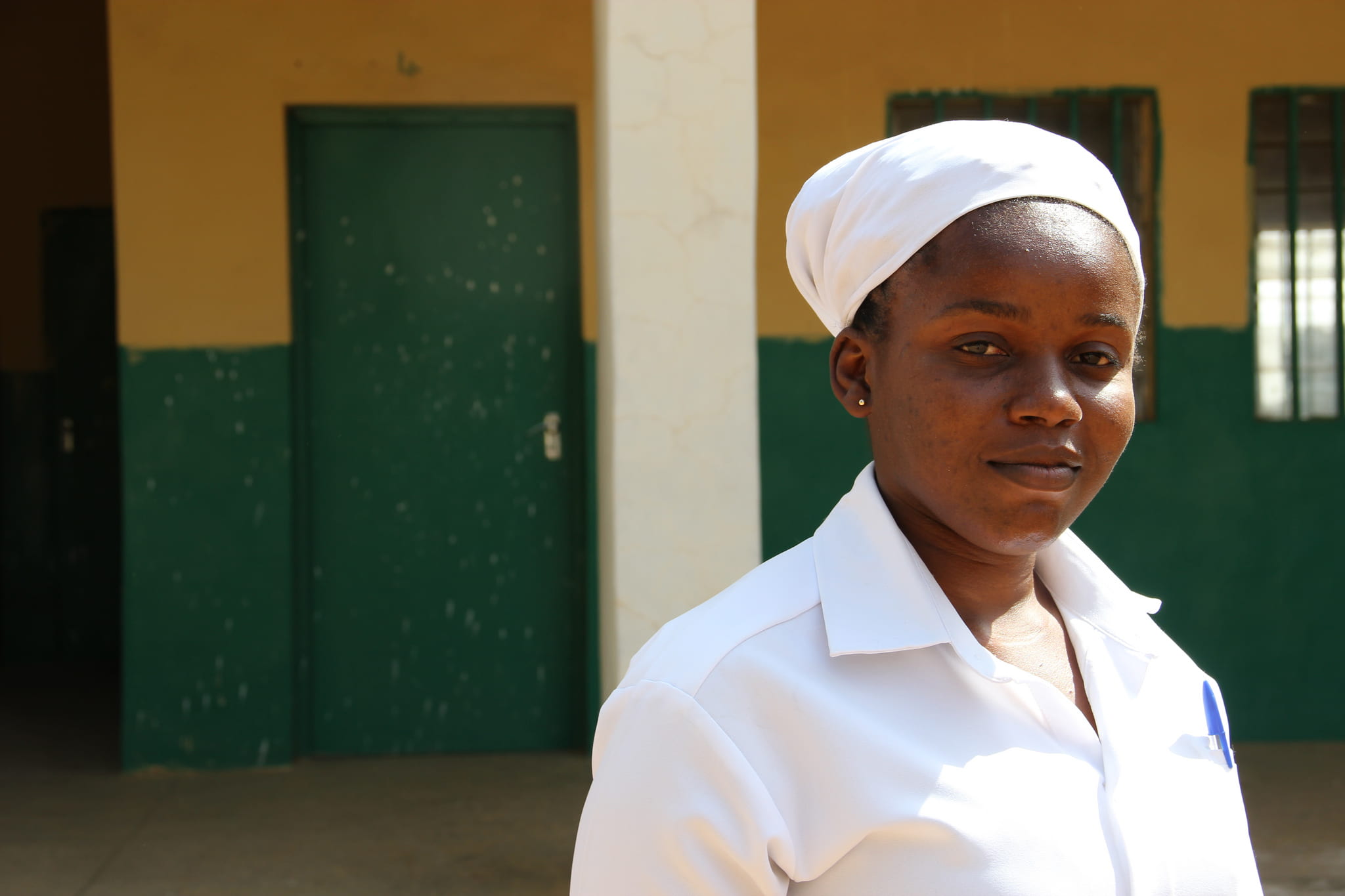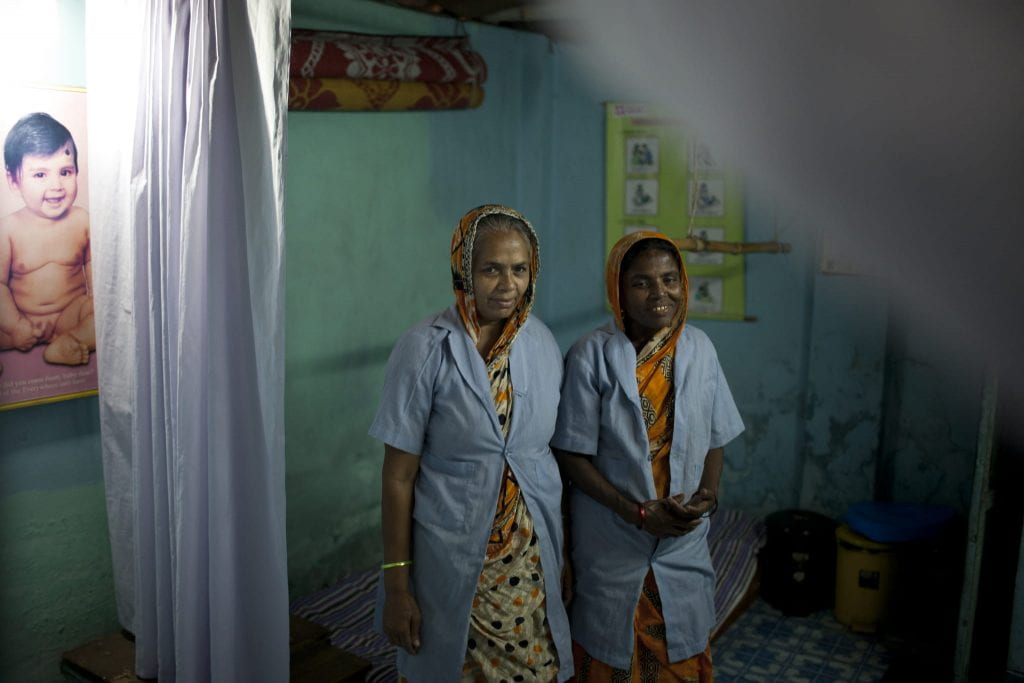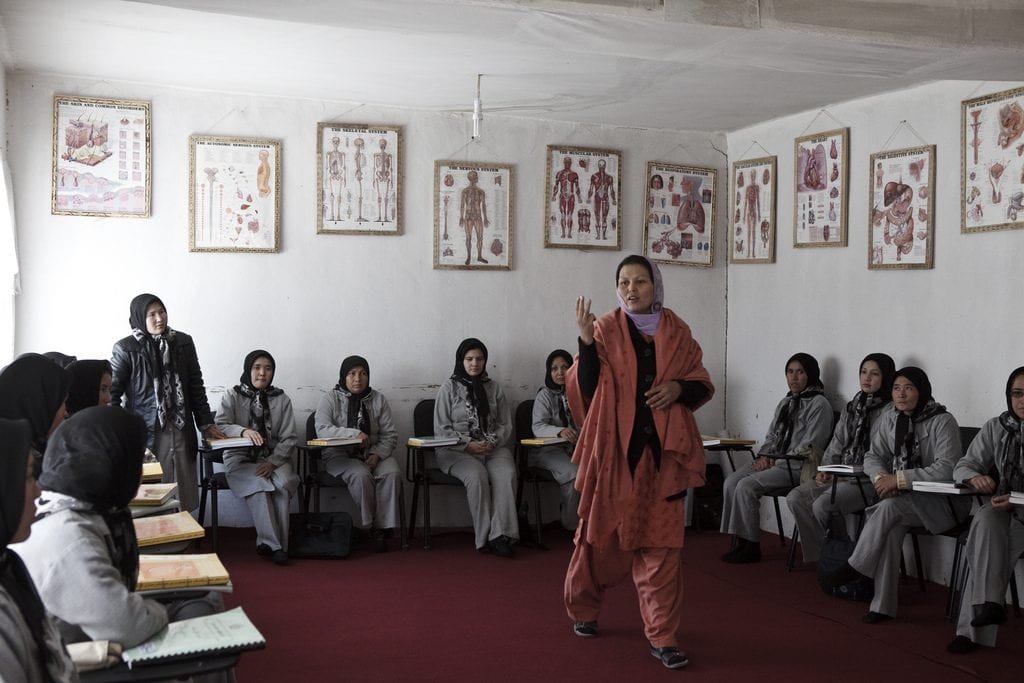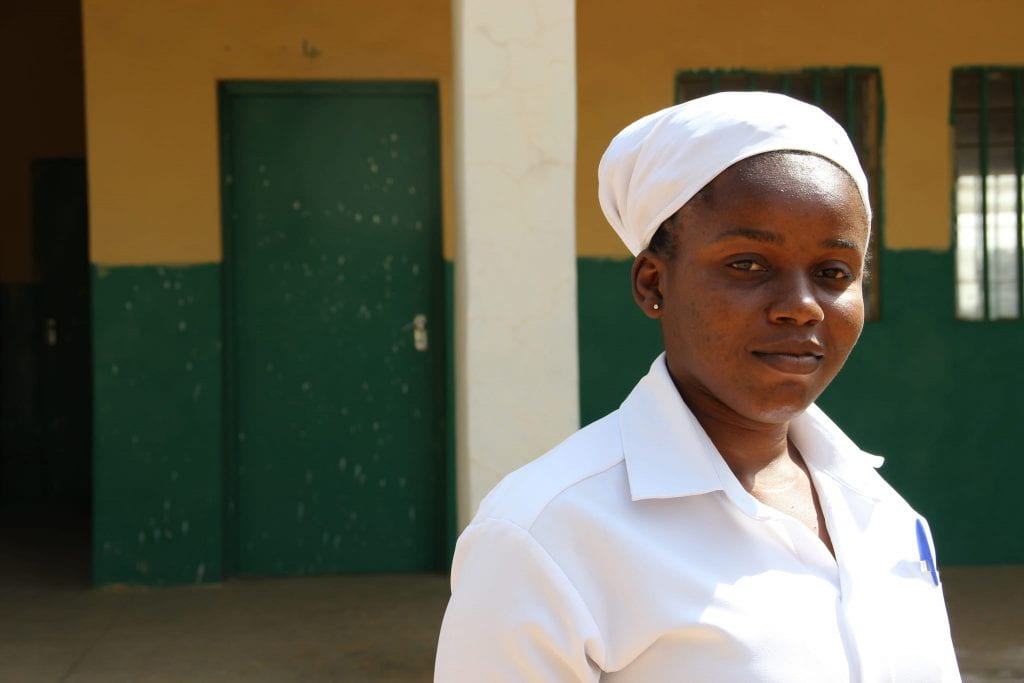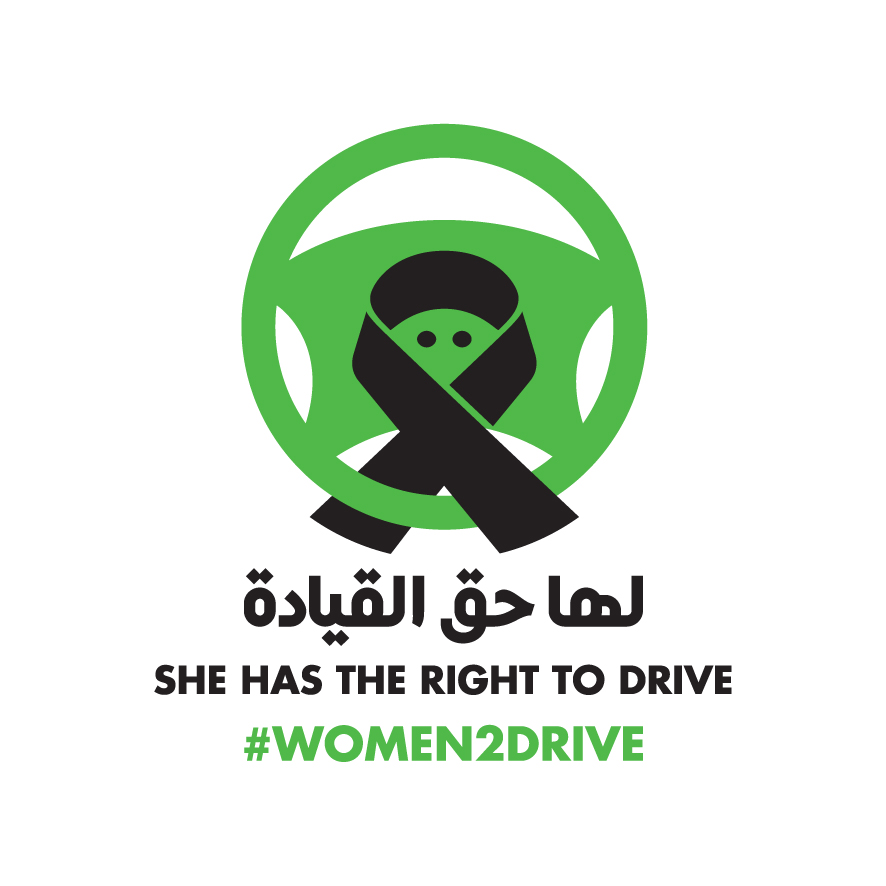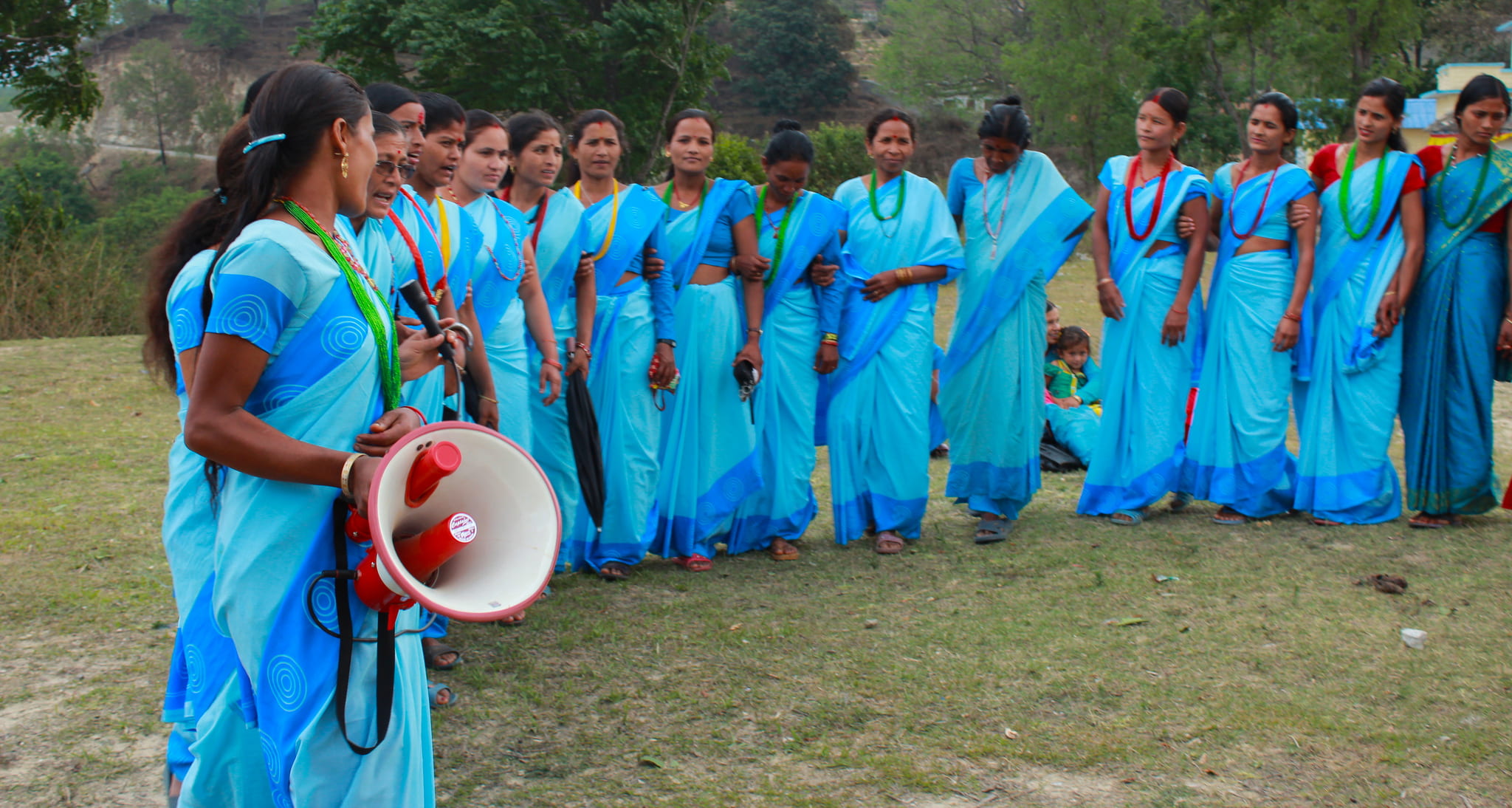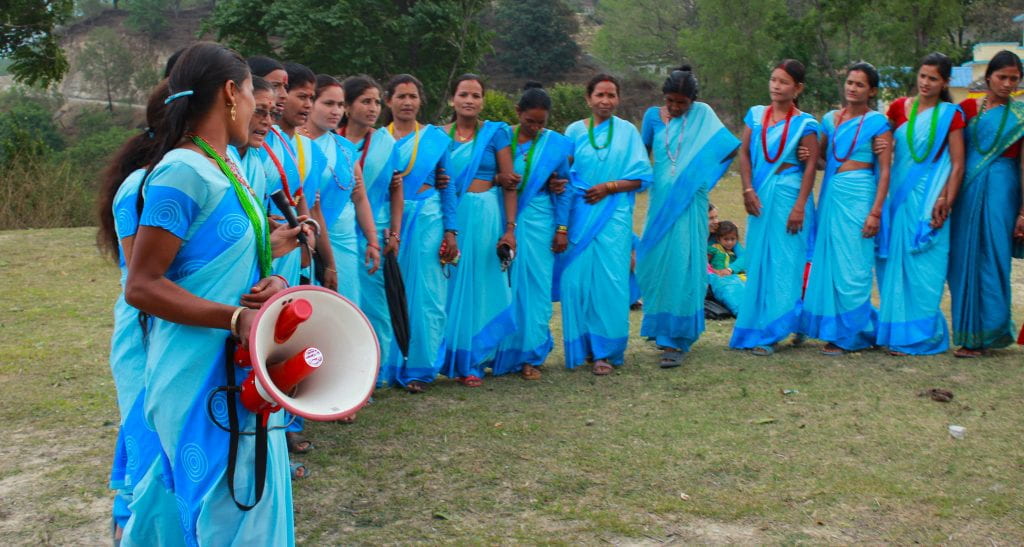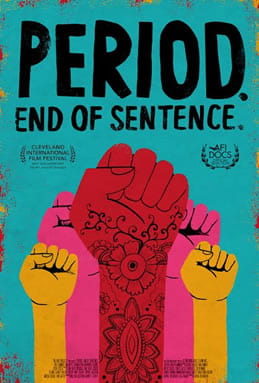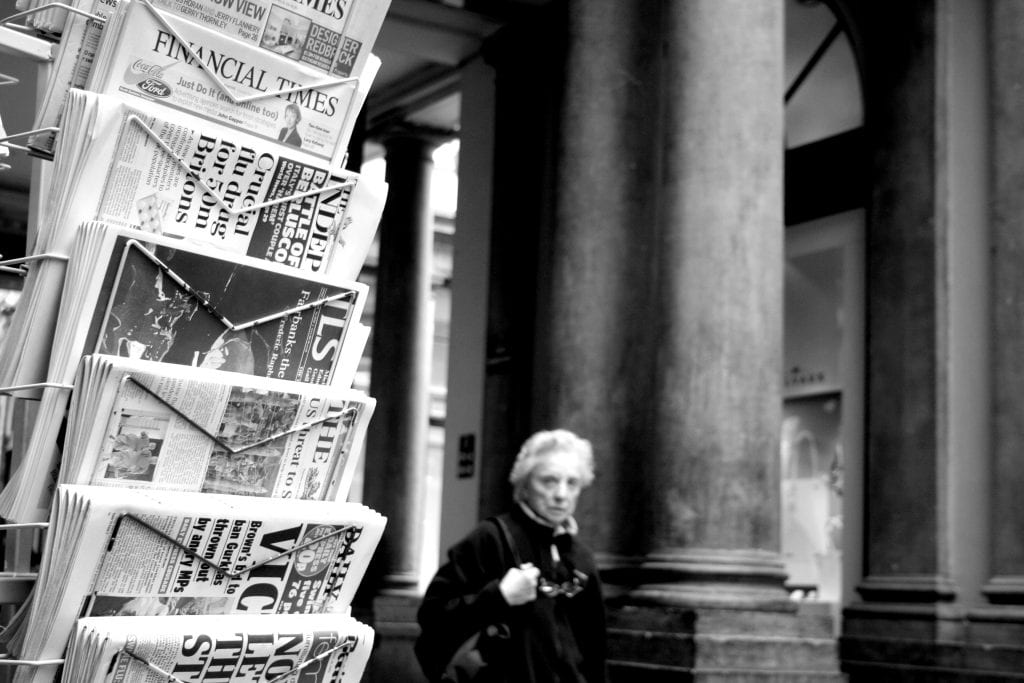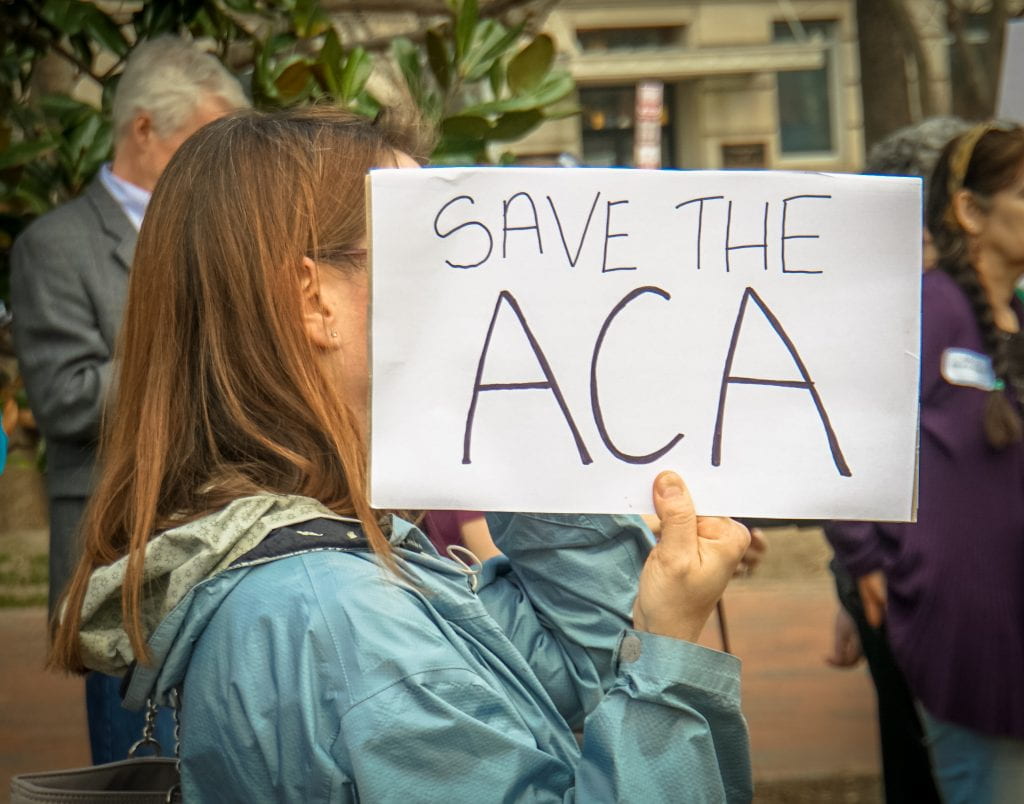
Climate Refugees
The ongoing debate about climate change never seems to become resolved because there are certain people who believe in it and others who refuse to believe it. However, both sides often forget about climate refugees, a fairly new term that has no formal definition or protection under international law. As of 2008, millions of people lose their homes to weather disasters. Other aspects such as desert expansion and sea levels rising also affect people in terms of where and how they live. Scientists say the three most endangered regions are sub-Saharan Africa, South Asia, and Latin America while a World Bank report estimates that by 2050, those three endangered regions will consist of 143 million people who are displaced.
Climate Change and its effects
According to scientists, climate refugees consist of “people who must leave their homes and communities because of the effects of climate change and global warming.” Climate change pertains to the change of a climate in a region, while global warming is how the average temperature of the Earth is rising. As a result, global warming is leading to climate change. Rising temperatures due to global warming can cause glaciers to melt which can lead to flooding and the rising of sea levels. Furthermore, it can lead to droughts and desertification. These results of global warming can make the land people live on uninhabitable and make it difficult for people to survive.
In Bangladesh, thousands of people are affected by flooding each year, especially in Dhaka. In West Africa, Lake Chad is almost completely gone due to desertification. These problems are not just limited to the developing world. In the United States, approximately 2,300 Puerto Rican families who were displaced due to Hurricane Maria are looking for permanent housing. Additionally, small coastal communities in areas like Alaska and Louisiana are fading into oblivion due to rising sea levels.
In regard to droughts and desertification, individuals are not able to grow crops where they live. Thus, with no food, they are forced to move elsewhere. In China, the Gobi Desert is expanding more than 1,390 square miles every year. Farmers and merchants who live near the Gobi Desert migrate to more urban areas because the grasslands are turning into deserts. Droughts and desertification are a global problem. Also, in Morocco, Tunisia, and Libya more than 386 square miles of productive land are lost to desertification.

Climate Change and its ambiguity
In Europe, a journal estimated that if global temperature trends continue, applications for asylum to the European Union would increase by 28% by the year 2100. Additionally, many climate refugees live in rural or coastal communities and are forced to migrate to urban areas. Their skills, such as farming, are not beneficial in urban areas. Thus, finding a job can be difficult. Climate refugees who leave their country can face struggles when adjusting to new laws, languages, or cultures.
According to the development expert at the Center for Strategic and International Studies, Yayboke, the biggest problem that arises is there are millions of people who are considered a climate refugee, but there is no consensus as to what we can do about them. There are currently no international laws that protect climate refugees and they can be sent back to their homelands or forced into refugee camps. The reason that the term climate change is ambiguous is due to “the effectiveness of rights and legal certainty”. Since it is not covered by the law, there are no guaranteed international protections. Another source of ambiguity arises when you need to determine why those individuals were displaced. Was it actually due to climate change or was it because of another reason? For example, say there is a drought and a farmer moves to another area in order to find other work. Did the farmer move due to climate change or because the economy has no alternatives for employment? The term “climate refugee” tends to be associated with a variety of factors and not simply just climate change. Thus, an absolute definition is hard to define.
In 2016, the UN General assembly introduced the New York Declaration for Refugees and Migrants. In this declaration, it discussed the development of two global compacts: In 2018, climate refugees became recognized in the Global Compact on Safe, Orderly, and Regular Migration. The purpose of this compact is to protect the rights of those who displaced and to determine the economic, environmental, and social factors that individuals who are forced to leave their homes face. Unfortunately, the compact does not focus on trying to control the man-made forces behind global mass migration.
Another major problem is how climate refugees are not covered by the 1951 Convention in regard to the Global Compact of Refugees. Their definition of refugees has nothing to do with individuals who are displaced due to environmental factors. Thus, the term ‘climate refugee’ does not fall under the score of the 1951 Refugee Convention and their protocol. Therefore, individuals who are displaced cannot be classified as refugees and cannot appeal for resettlement and are “trapped in worsening environmental conditions”. However, a counterargument is that those who are displaced due to the environment could rely on the protection of their national government, whereas the traditional refugee cannot rely on the national government because they tend to be the source of persecution.
Hope for the future
In 2009, the EU decided to place a greater focus on climate change as a cause of migratory flows, in terms of security. From 2011-2013, a strategy paper was created for a European Commission project whose goal included working with developing countries in regard to migration and asylum. Additionally, the paper states focusing on climate change and migration. In 2013, the Commission published a paper on internal displacement. In 2015, Jean-Claude Juncker, the European Commission President stated “Climate change is one of the root causes of a new migration phenomenon. Climate refugees will become a new challenge – if we do not act swiftly”. However, EU Member States still have not created a category for climate refugees.
Climate refugees is a vague term that is hard to define. However, the economic, social, and political consequences are apparent and need to be addressed. Based on the global compact on migration and the international climate, one of the most salient ways to address this burgeoning human rights issue is for there to be numerous regional agreements that influence the creation of international law for climate refugees.


